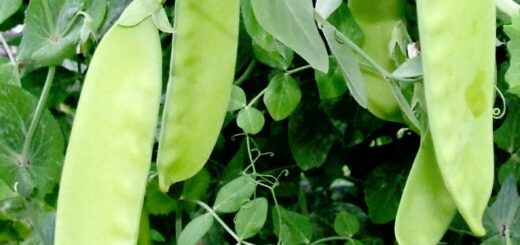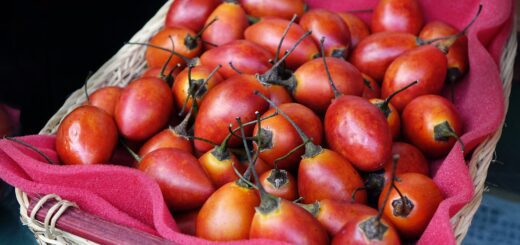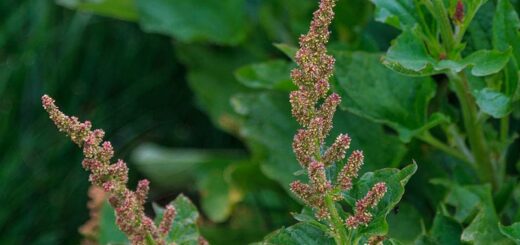Ginger
Well-known as a delicious ingredient in stir fries and Asian cuisine, spring is a great time to plant ginger in your own garden!
As well as being a beautiful flowering plant and one of the most commonly used culinary herbs, fresh ginger root can also be used medicinally. You might already know you can take ginger for a cold, but in traditional Chinese Medicine (where it is known as Sheng Jiang) it has many more uses besides!
In Chinese Medicine, health problems are classified as either ‘cold-based’ or ‘heat-based’. Ginger is warming, so it’s useful for cold-based conditions, where it helps the body to release pathogens via the skin.
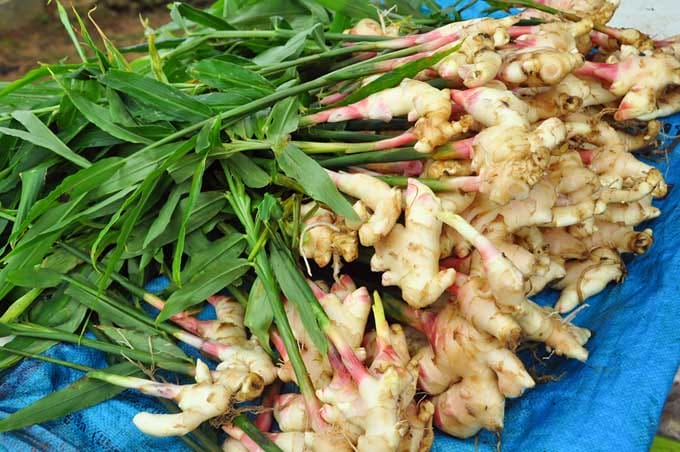
Ginger can help alleviate nausea, vomiting and coughing, but only when these conditions are cold-based rather than heat-based (a traditional Chinese Medicine practitioner can advise you which your condition is). It can also be used to help immune function and reduce sweating and it is often added to many herbal formulas to complement other medicinal plants.
Chinese medicine uses various types of ginger, such as Gan Jiang (dried ginger), Pao Jiang (baked ginger) and Sheng Jiang Pi (ginger skin) for their different medicinal properties. Related plant species such as galangal and turmeric are also used in similar ways.
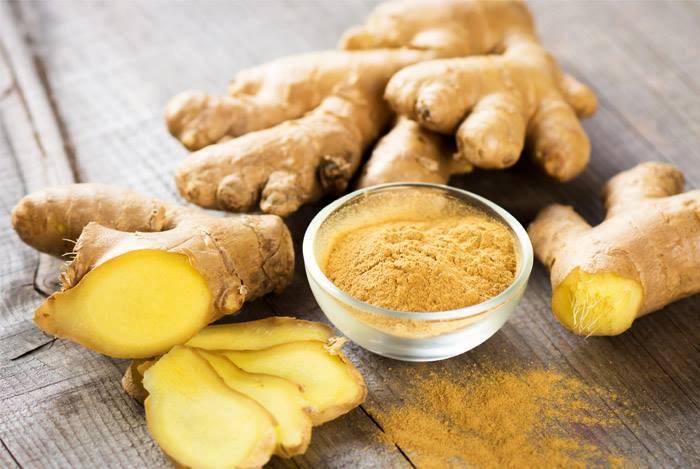
Dried ginger root
Although ginger is native to tropical and sub-tropical areas, it will still thrive in cooler climates like Melbourne’s and is relatively easy to grow. Ideally, you should put it in a sunny spot with well-drained soil and add in some compost and/or manure. It can also be grown in a pot (which makes it easy to move it around to get the sun it craves), about 30-40cm wide, with soil enriched with compost and fertiliser.
Ginger is rarely grown from seed – a cutting from the root of an existing ginger plant is usually enough to start a new one. To start growing your own ginger plant, cut a piece from a healthy, plump ginger root (not an old dry one) and bury it in soil about 5cm below the surface. If it’s already shooting, point the shoots toward the surface. In Australia, shooting should occur around September/October. Soil should be kept moist and by the end of February there should be plenty of growth and ready to harvest – or you can just enjoy the beautiful flowers!


